La bandeja. This particular blow au padel has its own technical but can also be considered by everyone, with a singular technique, unique. Here are the weapons to develop your bandeja.
There are several strokes padel that can be considered high: the smash, the vibora, the window outlet which will be called “bajada”, another attack window exit named “la cuchilla”, and the bandeja. All these blows have their influence on the game, on the defense of the adversaries. Inevitably, the more moves you master, the more ways you will have to disrupt your rivals, but our advice would be to move on to the next move only when you have mastered a complement, in order to avoid getting mixed up.
La bandeja
La bandeja is a defensive shot made from the net, to avoid a lob from the opponents. This shot is made by moving backwards, with an accompaniment of the ball from top to bottom.

Preparation of the pala
This is certainly one of the most important steps. Preparing early will allow you to get in profile and move quickly. The action of the elbow is essential. A low elbow will not promote a beautiful bandeja. So, as soon as possible, place your elbow in a high position, pala back, facing the sky.
First steps
For the sake of speed, and to avoid being lobbed or overtaken, the first moves backwards are very important. Without thinking or looking at the ball, take two shuffle steps backwards. Considering the height of the lobs in general and the size of the track, this will be the suitable displacement to play the bandeja. More steps will put you in danger and if it is less, you can try to accelerate since the ball will be in front of you.
Opening of the body if the impact is not good (vision)
It may be that as right handed right, you are uncomfortable at the time of the strike, that you do not feel the ball. Don't worry because making a bandeja from the right side is not easy since you are facing diagonally. The idea would therefore be, before impact, to release your left foot towards the center of the track in order to face the ground.
In some players for whom the right eye is the director, the fact of carrying out a profile movement causes a loss of good contact with the ball. The solution would be to not move so much in profile so that you always have your eye on the ball.
Not the same impact on the right as on the left
If you are right-handed, you will not impact the same way if you play on the right or on the left. Why ? Because on the right you will have to look for an impact in front of you so that the ball goes diagonally. On the left, however, the point of impact will be a little further back. This means that on the right you can be more offensive than on the left with a bandeja !
Non-dominant hand position
The non-dominant hand also has its role. During the preparation it will allow to put the body in profile by pointing the side grid. This same hand will help take off by pulling the body upwards. Finally it will open the body during the strike to allow you to balance yourself and let the pala pass.
Strike height
La bandeja impacts on the side of the body, but there is no predetermined height until it is too low, otherwise it would be a volley. The best height would be the top of your head, but of course you can go higher and even jump to get the ball even higher.
Abs work
This is what differentiates the bandeja full vibora. Since we are working with the arm outstretched, the action of the arm alone is not enough. You have to work the whole belt, the complete trunk, and it is the abdominals that will allow the blow to come out perfectly.
End of gesture
La bandeja is like all the other strokes of the padel. If they are held back and not completed, unaccompanied, they will be less effective. For your stroke to be optimal, try to finish the gesture under the non-dominant arm. If your bandeja finished its course in the net, finish above.
Finish before moving forward
Big mistake on the part of a majority of players. The bandeja is not over that they are already thinking of finding a new job. The problem is that the bandeja isn't done well enough and you get countered. Take the time to finish your gesture where you are, then move on, if possible.
Search areas
Once you have mastered the gesture, look for areas. The base would be slow, deep, in the direction of the angle so that the opponent lets the ball pass and it hits two panes. Then you can try the same thing faster. Finally, opponents may decide to come forward to block your bandeja. So learn to play shorter, change the speed, the angles so that the next ball to play is always complicated, which will allow you and your partner to regain the net.
La bandeja. Such a particular move but so difficult to master. Getting to achieve the bandeja perfect takes a lot of work. However, you can modify it to create a bandeja atypical… but which works: yours. Let's go!
Julien Bondia is a teacher of padel in Tenerife (Spain). Columnist and advisor, he helps you play better through his tutorials and tactical/technical articles padel.




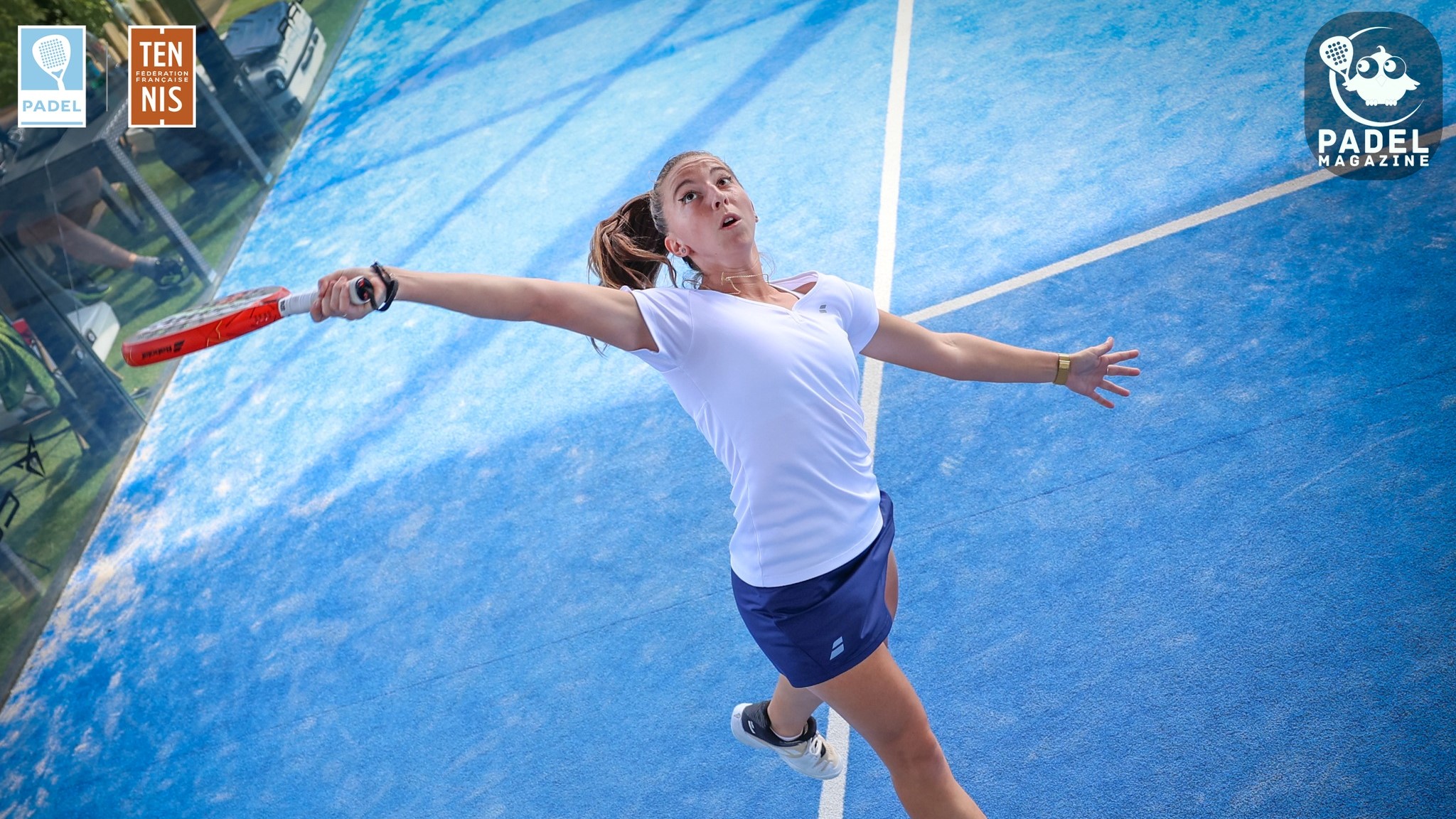
































































































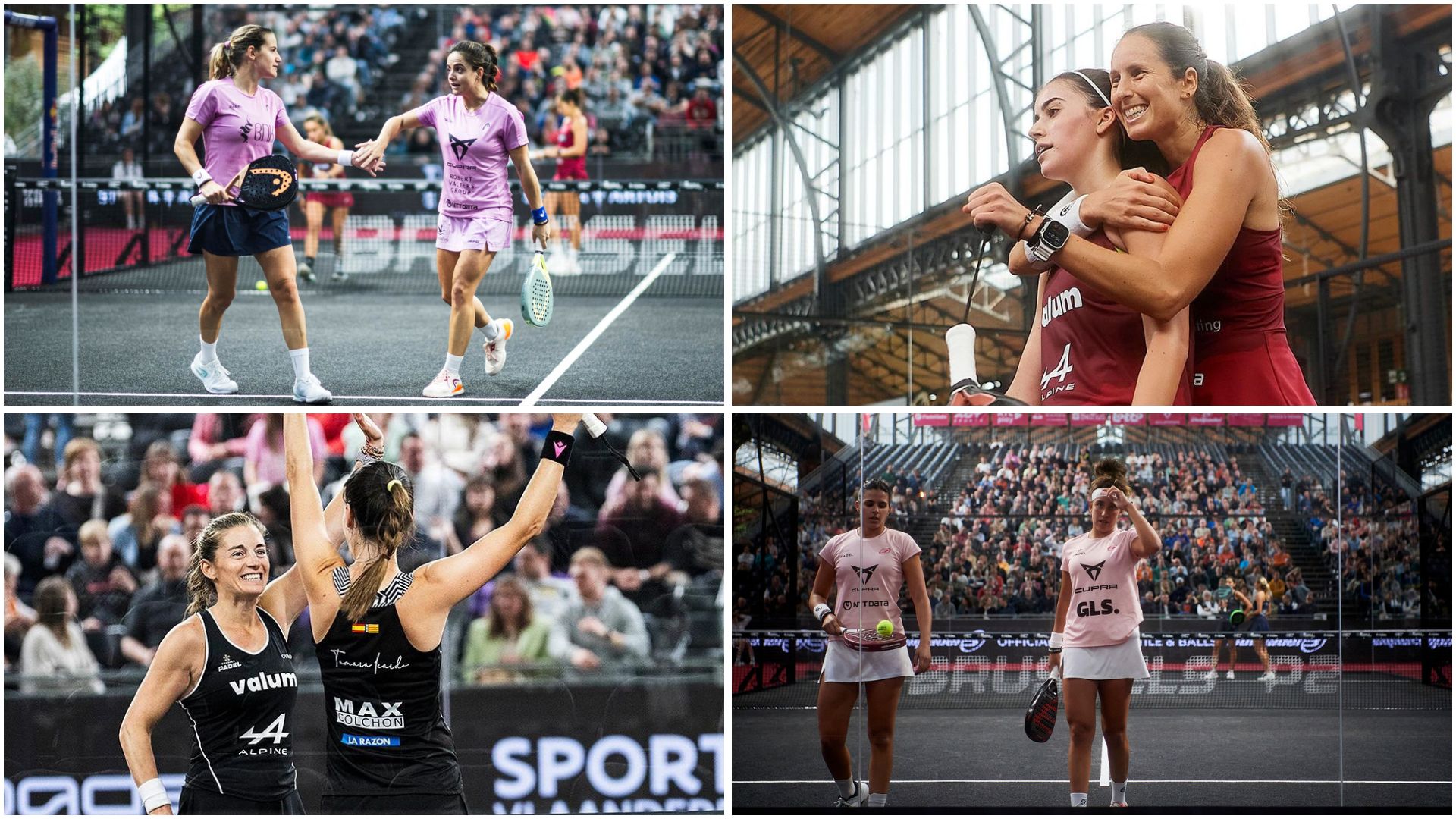 Premier Padel Brussels P2 – The women’s Big 4 at the semi-finals!
Premier Padel Brussels P2 – The women’s Big 4 at the semi-finals!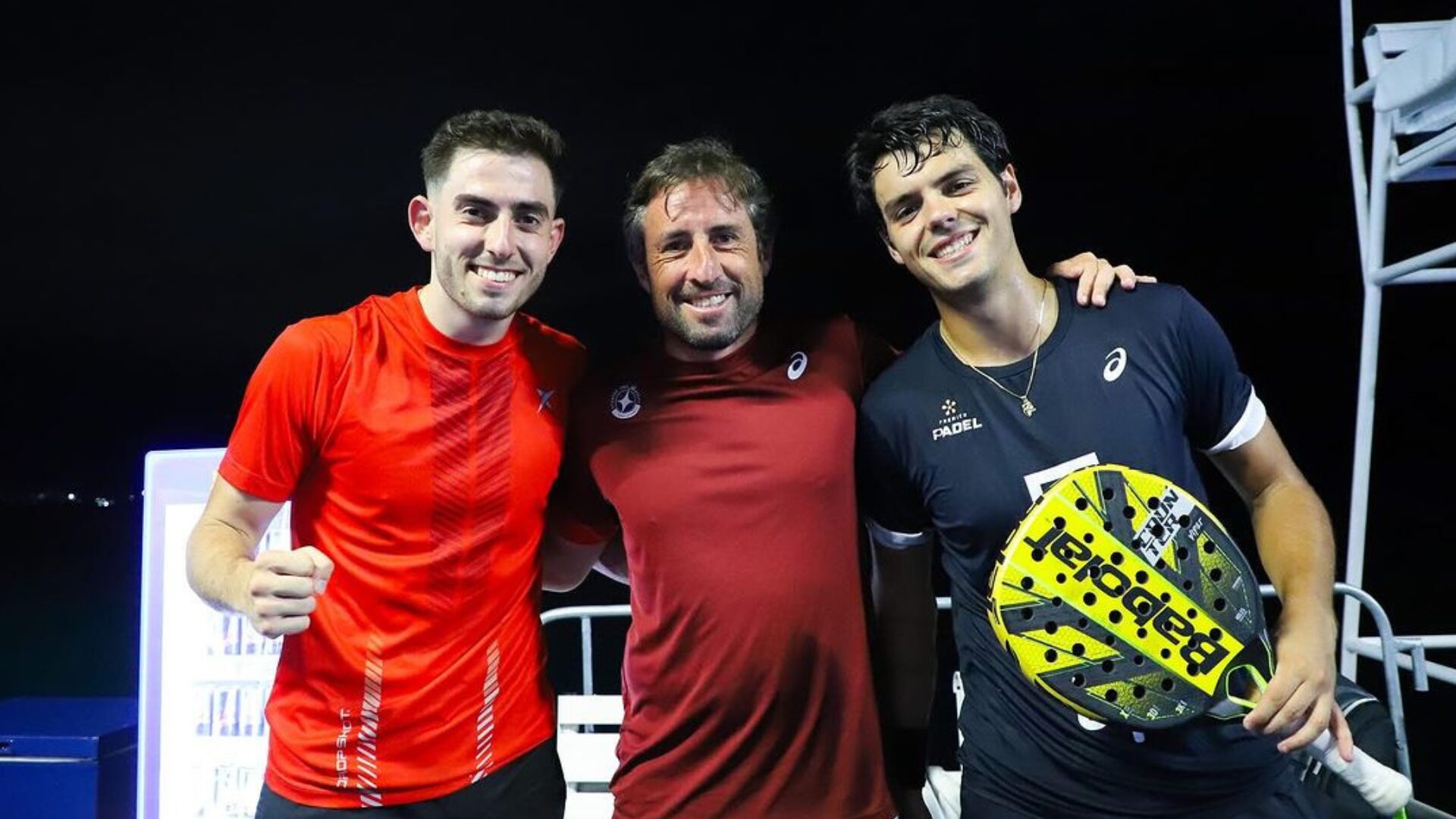 Premier Padel Brussels P2 – Sanz and Nieto win a big fight against Lebron / Navarro!
Premier Padel Brussels P2 – Sanz and Nieto win a big fight against Lebron / Navarro!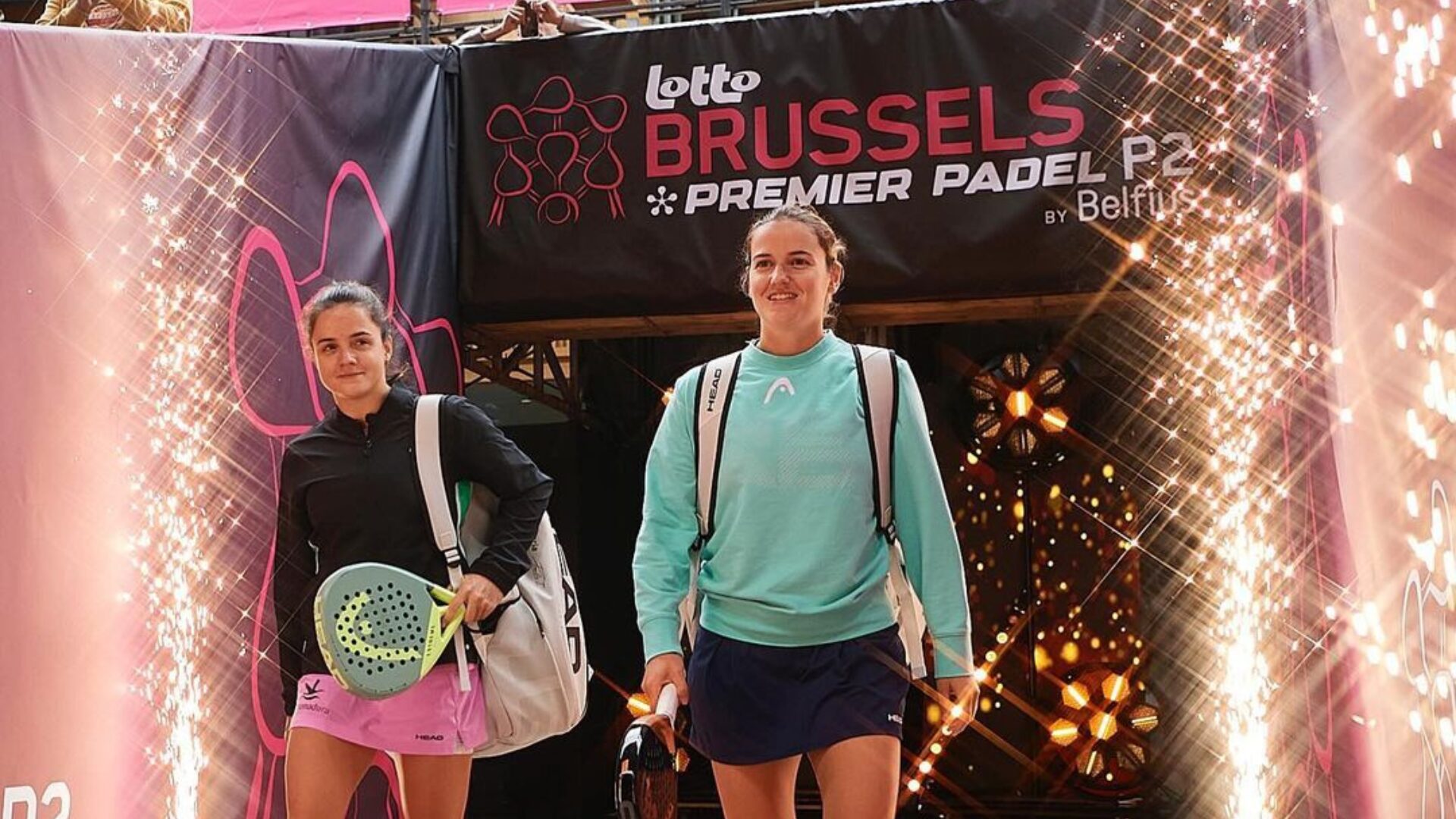 Premier Padel Brussels P2 – The break obviously did Sanchez / Josemaria good!
Premier Padel Brussels P2 – The break obviously did Sanchez / Josemaria good!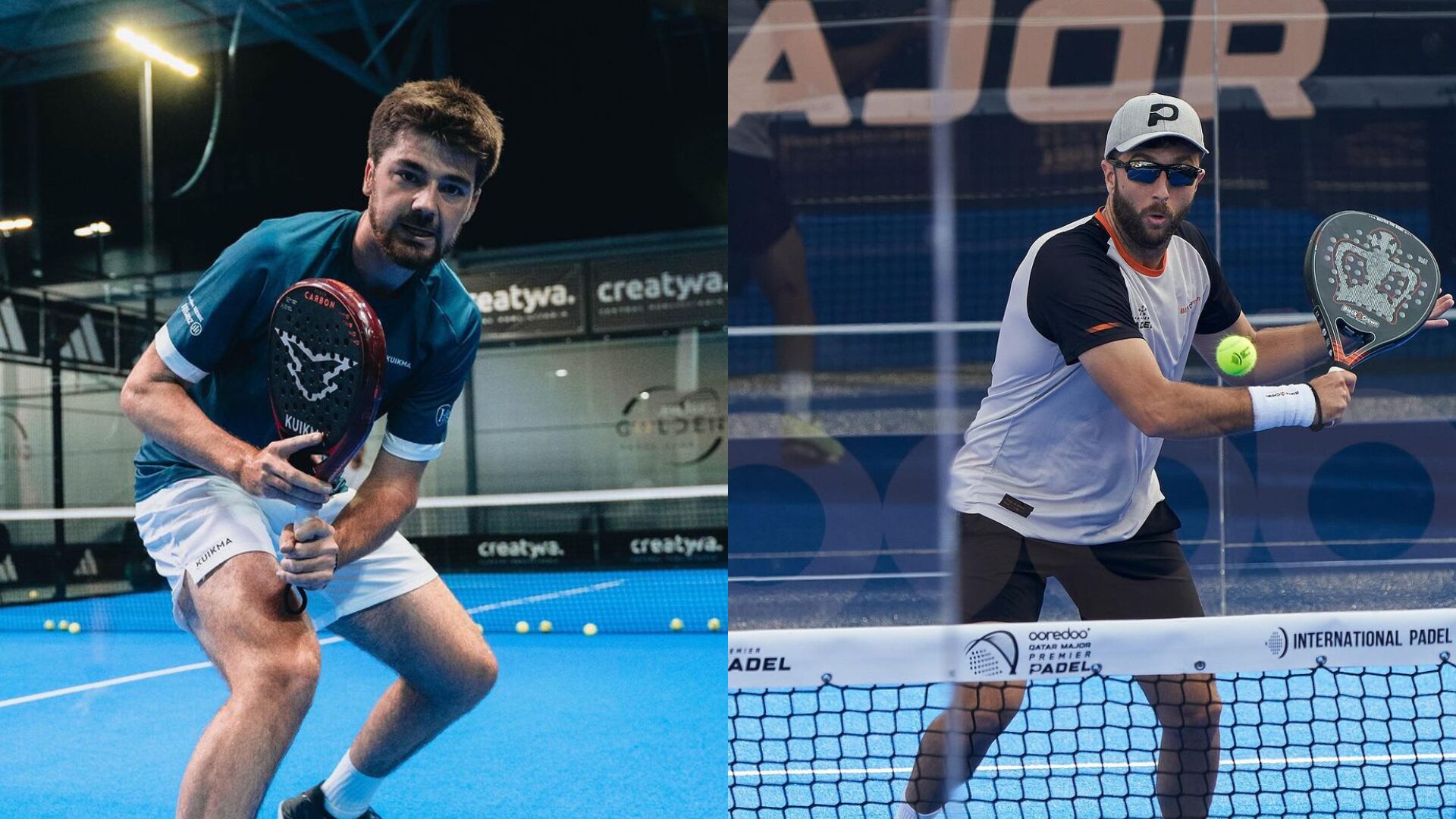 Premier Padel Sevilla P2 – From the waiting list to previas for Dylan Guichard and Ricardo Martinez!
Premier Padel Sevilla P2 – From the waiting list to previas for Dylan Guichard and Ricardo Martinez! Guillaume Codron de Sud Padel : “A family project”
Guillaume Codron de Sud Padel : “A family project” Nallé Grinda: “Democratize the padel in the USA with PadelX "
Nallé Grinda: “Democratize the padel in the USA with PadelX " Simon Boissé: “We know that there are two nations in front of us”
Simon Boissé: “We know that there are two nations in front of us” Marie Maligo: “This period of frequent changes of partners was beneficial for me”
Marie Maligo: “This period of frequent changes of partners was beneficial for me” Gilles Moretton: “We will be able to put the padel at the level of tennis”
Gilles Moretton: “We will be able to put the padel at the level of tennis” Two P1000 doubled prize money approaching!
Two P1000 doubled prize money approaching! José Manuel Escin at the inauguration of Casa Padel DOS: “Finally, and thank you!”
José Manuel Escin at the inauguration of Casa Padel DOS: “Finally, and thank you!”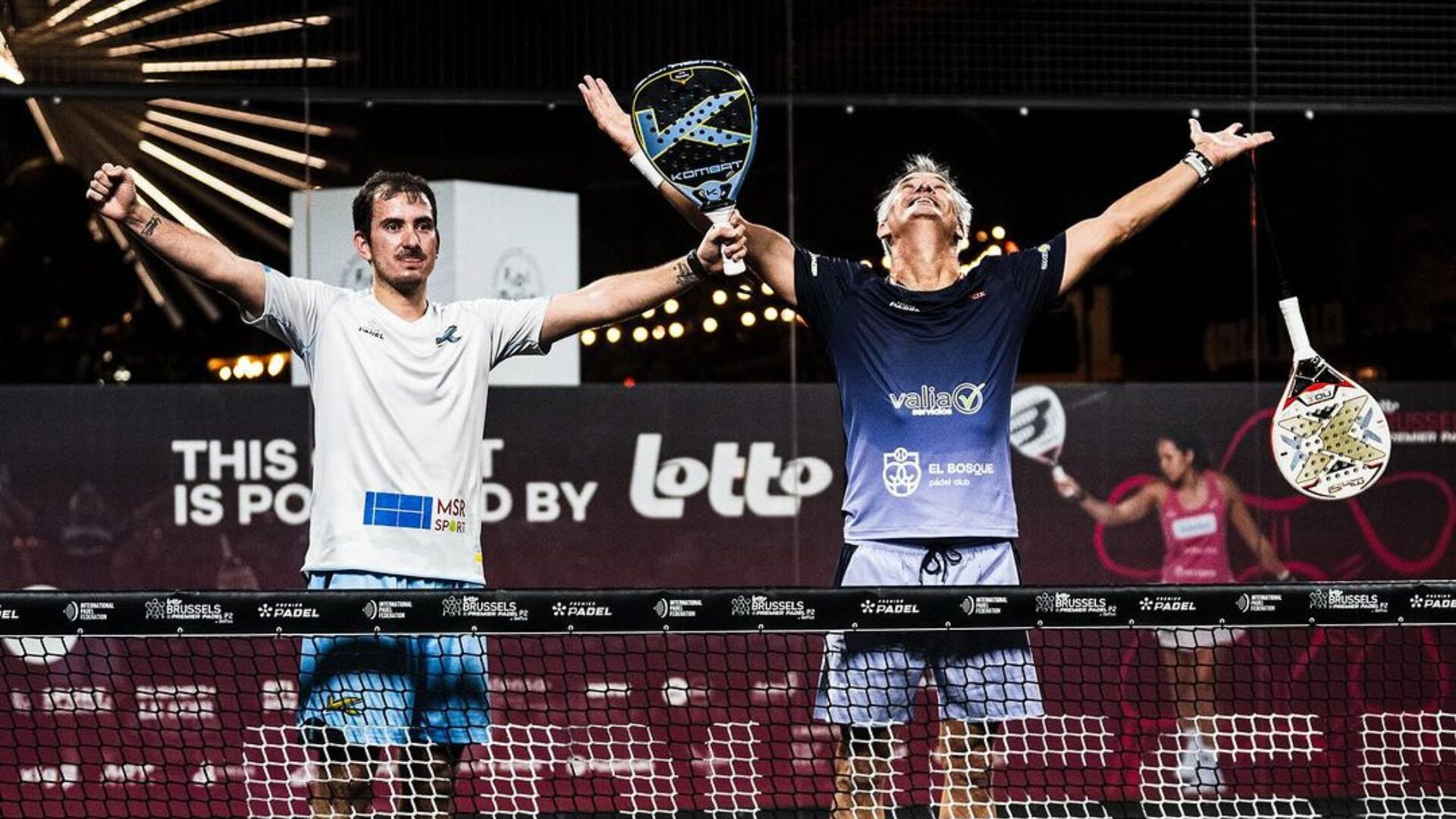 Miguel Lamperti: three tie-breaks and a return to the quarter-finals!
Miguel Lamperti: three tie-breaks and a return to the quarter-finals!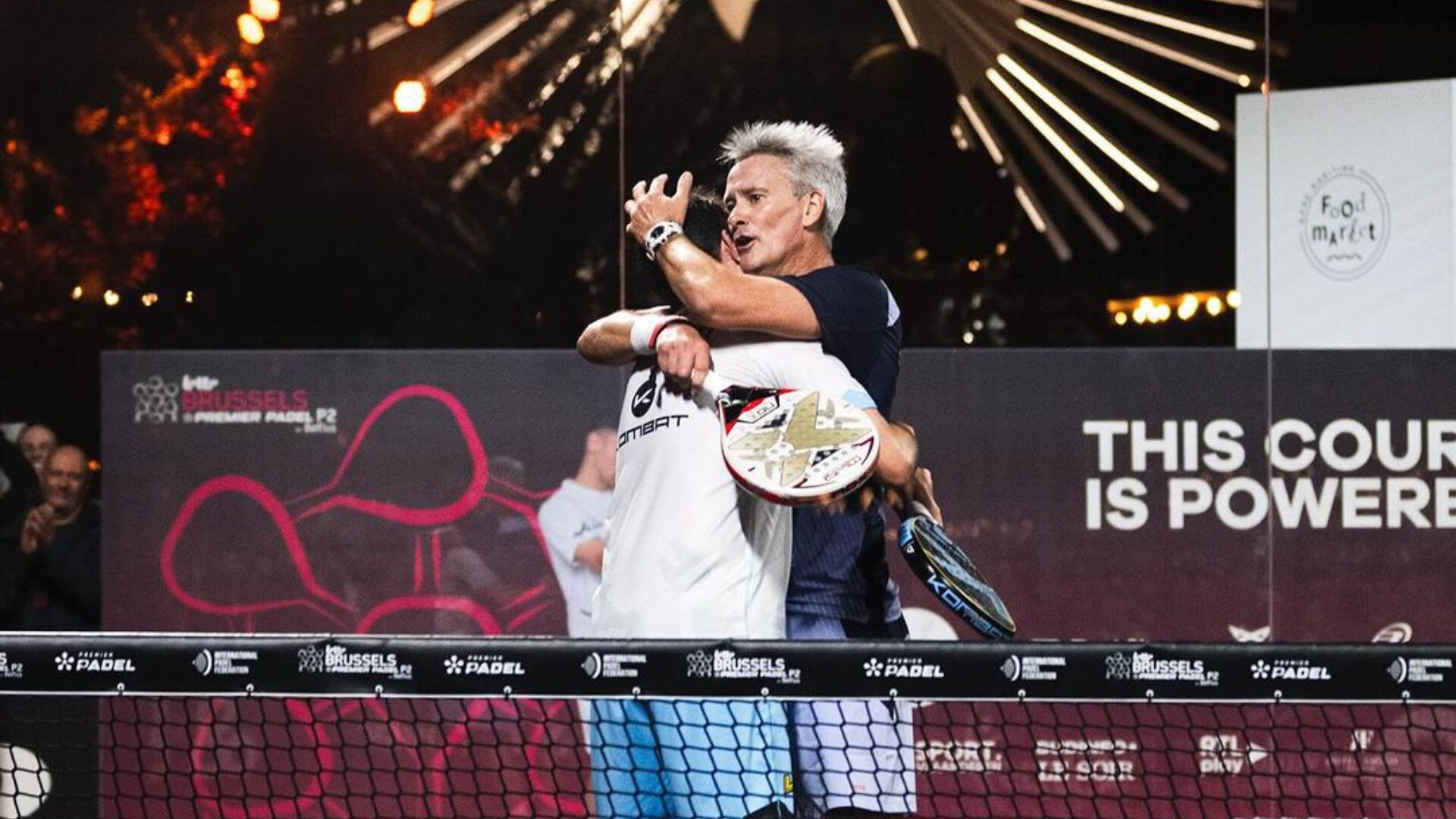 Big evening in Brussels with two seeded players on the mat, heckled number 1s…
Big evening in Brussels with two seeded players on the mat, heckled number 1s…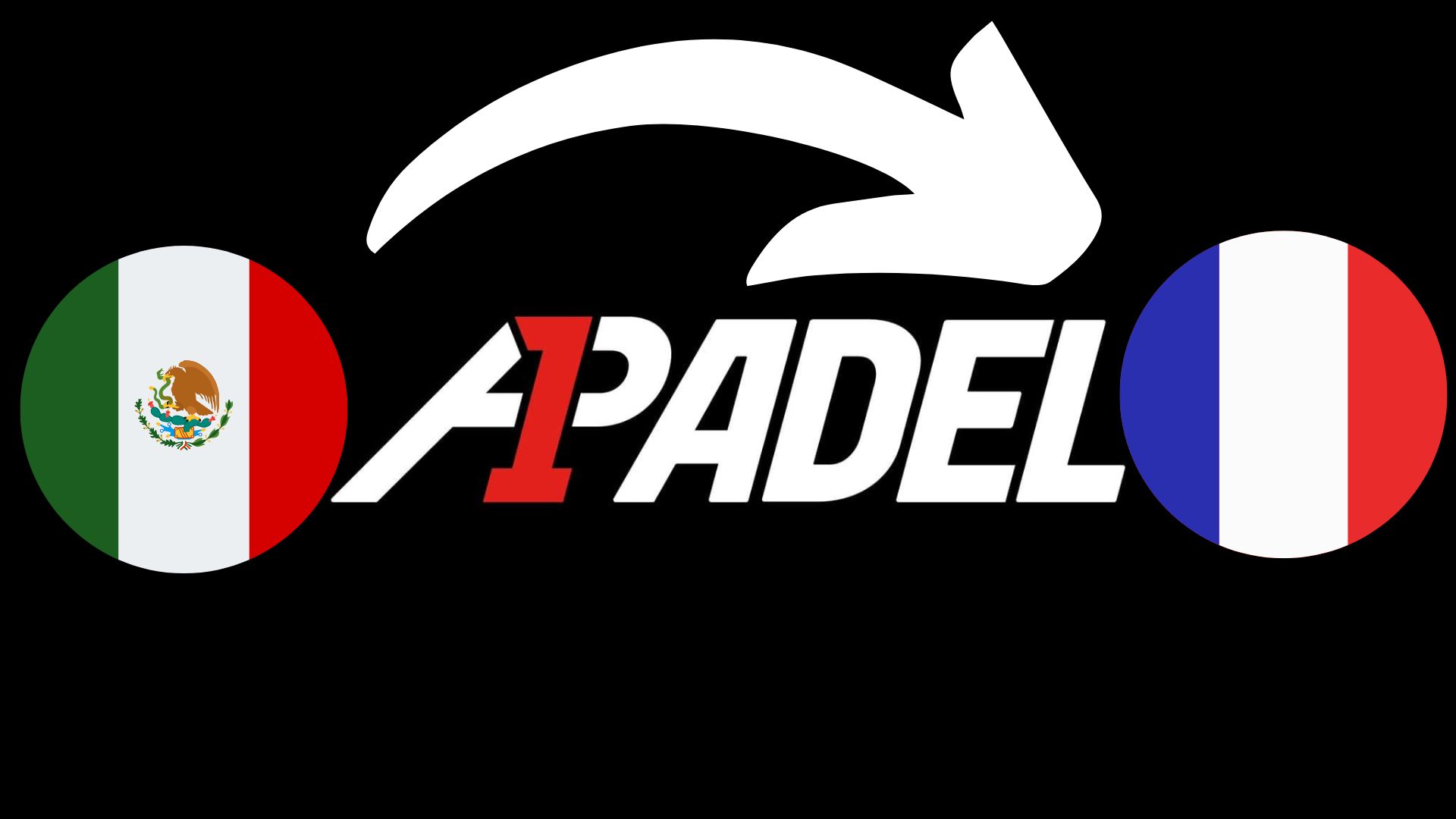 A1 Padel – the French Open replaces the Mexican Open on the calendar
A1 Padel – the French Open replaces the Mexican Open on the calendar Padel Score comes to Tahiti for American Express Padel Cup!
Padel Score comes to Tahiti for American Express Padel Cup! Do you know the Rafa Nadal Academy Tour?
Do you know the Rafa Nadal Academy Tour? Play at padel on his yacht? Possible for €233.000!
Play at padel on his yacht? Possible for €233.000! Our Top 10 training courses padel in France and Europe
Our Top 10 training courses padel in France and Europe At the heart of padel – Episode 25: Paul and Andoni answer your questions
At the heart of padel – Episode 25: Paul and Andoni answer your questions Tactical padel – What to do when faced with players who systematically stay at the bottom?
Tactical padel – What to do when faced with players who systematically stay at the bottom? The basic tactics of padel
The basic tactics of padel At the heart of padel – Episode 25: Paul and Andoni answer your questions
At the heart of padel – Episode 25: Paul and Andoni answer your questions At the heart of padel – Episode 23: defend the window well
At the heart of padel – Episode 23: defend the window well Prohibition on playing topless Padel : the reasons
Prohibition on playing topless Padel : the reasons FIP Tour – Going far from Europe, THE strategy to earn points!
FIP Tour – Going far from Europe, THE strategy to earn points! What is a good football player? padel ?
What is a good football player? padel ? “Lefties give me headaches when I play against them!”
“Lefties give me headaches when I play against them!” At the heart of padel – Episode 14: how to earn points in winter?
At the heart of padel – Episode 14: how to earn points in winter? A par 4 is always a winner...even if you manage to defend it!
A par 4 is always a winner...even if you manage to defend it! Carbon fiber VS fiberglass: what to choose?
Carbon fiber VS fiberglass: what to choose? How to effectively test a racket padel ?
How to effectively test a racket padel ? La padel to fight Parkinson's disease
La padel to fight Parkinson's disease Don't play with a cracked or broken racket, your body will thank you!
Don't play with a cracked or broken racket, your body will thank you! Michel Cymes: “The padel, physically, it’s serious!”
Michel Cymes: “The padel, physically, it’s serious!” Jeremy Gala: “Promote the padel among young people in Belgium remains a challenge”
Jeremy Gala: “Promote the padel among young people in Belgium remains a challenge” The French Touch Academy organizes its selection day Padel-Study
The French Touch Academy organizes its selection day Padel-Study Report on the detection and training of younger generations
Report on the detection and training of younger generations